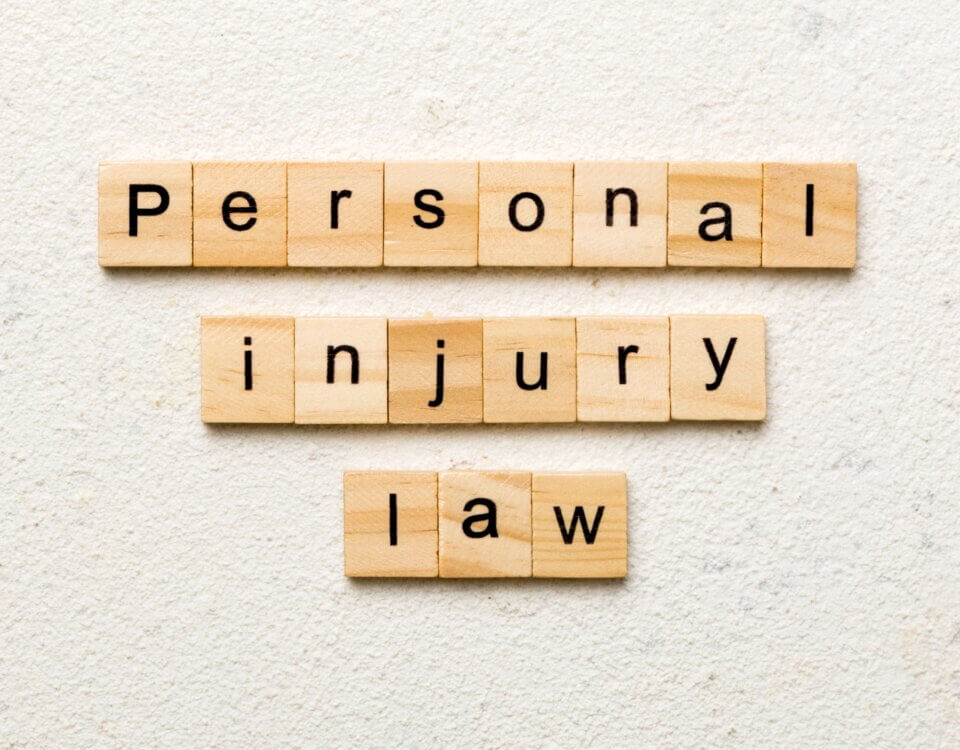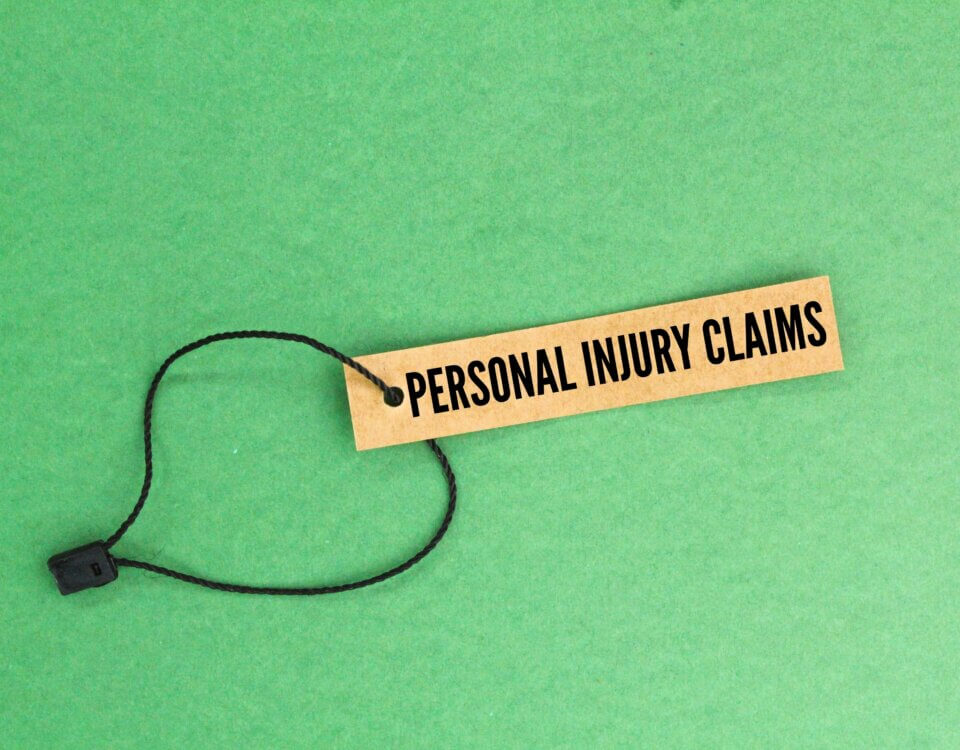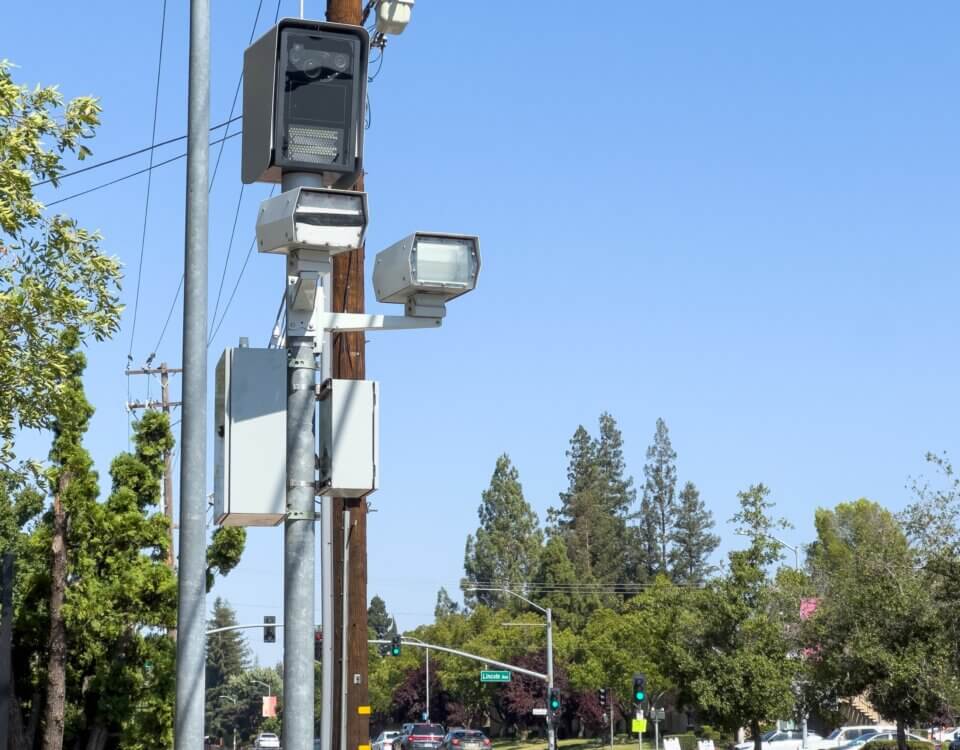California’s vast highway system connects cities, industries, and communities but some routes are notorious for their high accident rates. A closer look at traffic data reveals which highways pose the greatest risks and why these stretches are so dangerous.
Highways With the Most Fatal Crashes
State and federal reports consistently highlight these routes as among the deadliest:
- Interstate 5 (I-5) – Spanning the state from north to south, I-5 sees heavy freight traffic and long-distance driving, which increases fatigue-related crashes.
- Highway 99 – Known for frequent collisions, especially in the Central Valley, due to high speeds and dense truck traffic.
- Pacific Coast Highway (Highway 1) – Its scenic beauty attracts tourists, but winding curves and narrow shoulders create hazards.
- Interstate 15 (I-15) – Connecting Southern California to Las Vegas, I-15 experiences spikes in accidents during weekends and holidays.
- Highway 101 – Heavy commuter and tourist traffic makes certain stretches especially risky, particularly through urban areas like Los Angeles and San Francisco.
Why These Roads Are Dangerous
Several common factors make these highways hazardous:
- Long stretches of rural roadway where speeding is common.
- Limited barriers or guardrails in mountainous or coastal regions.
- High volumes of semi-trucks mixed with passenger vehicles.
- Distracted and fatigued driving on long trips.
Staying Safe on California Highways
- Plan breaks on long drives to combat fatigue.
- Use the right lanes when traveling at slower speeds and allow faster traffic to pass.
- Stay alert on scenic routes where sharp turns or wildlife crossings are common.
- Check road conditions and closures before setting out, especially during storms or wildfire season.
Community and Policy Efforts
Transportation agencies are investing in improved signage, rumble strips, and better lighting along high-risk stretches. Public awareness campaigns also encourage drivers to slow down and stay focused. Safer roads are a shared responsibility between motorists, local communities, and state agencies.
Note: These blog posts are created solely for the use of Hillstone Law. The information is gathered from internet research, publicly available sources, and artificial intelligence (AI) tools such as ChatGPT. While we aim to share helpful and educational content, Hillstone Law does not independently verify every detail. Some information may be incomplete, outdated, or subject to change without notice. If you believe any part of a post is inaccurate, misleading, or infringes upon copyright, please contact Hillstone Law immediately so we can review it and take appropriate action, including correction or removal.
Disclaimer: The material provided in these blogs is for general informational purposes only and should not be considered legal advice. Reading these posts does not create, and is not intended to create, an attorney-client relationship with Hillstone Law. Our intent is to share knowledge, raise awareness, and provide helpful resources to the public; however, Hillstone Law makes no warranties or guarantees about the accuracy, completeness, or reliability of the information provided, and expressly disclaims liability for any actions taken in reliance on it. The photos used in these posts are for illustrative purposes only and do not depict actual clients, individuals, or incidents unless expressly stated. If you or a loved one has been injured in an accident, please contact Hillstone Law at (855) 691-1691. Our attorneys are available to answer your legal questions and help you understand your rights.







